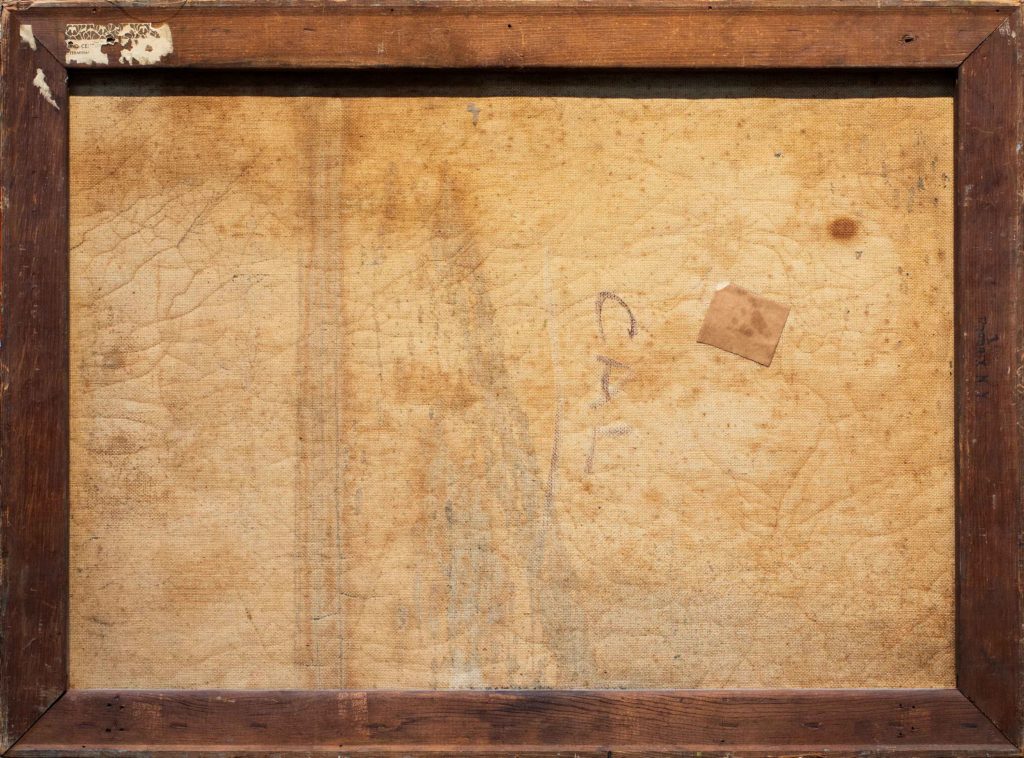When Christopher Benson discovered a possible George Bellows painting, he dove into the detective work, which he says was also “an excuse to talk about something I love.”
The following is an excerpt from his book, “Tracking Mr. Bellows: A Painter’s Analysis of an Orphaned Oil.”
This is a story about oil painting, and more specifically about my discovery of an unsigned, unattributed work which I think was made by George Wesley Bellows, a well-known American realist painter of the early 1900s. As I’ve been researching that picture, it’s also become the fulcrum for a wider examination of the artform, which I myself have been practicing now for most of my sixty years. If I think Bellows made this painting, it’s due to my long experience working with the same materials.

Virtually nothing is known about the painting in question, save whatever information it offers us in itself. It has no provenance beyond the mid-1980s, when it was bought in an antiques gallery in Pennsylvania. It hasn’t got any identifying information fixed to its back or bars, as old paintings often have — traces of their travels akin to the colorful labels pasted on luggage in the days of the great ocean liners, the transcontinental railways and early air travel.
We have only a torn fragment of a paper label with a simple decorative border and the remnants of the legend “Grand Central Terminal” set in a san-serif type-face. The initials “CAL”, are scrawled vertically on the back of the canvas in grease pencil, but I can find no early 20th century American painter with those initials who worked in this style. There is also the commercial stamp of the stretcher manufacturer, Fredrix, one one side, along with the size of that bar, which is 19 inches.


These typographic traces — the label and the stamp — both match styles in circulation in the early 1900s.
From the label, we can conclude that at some point the painting either passed through Grand Central Station in New York, or else that it may have been exhibited in the Grand Central Art Galleries, an exhibition space for the Painters and Sculptors Gallery Association. This was a cooperative artist’s group that John Singer Sargent founded in 1922, along with some other artists whose names were once well-known, but most of whom have since receded from the public mind.
To continue reading, get your copy of “Tracking Mr. Bellows” at The Fisher Press.
Related Article > Art Versus Methodology: Christopher Benson shares an essay on danger of confusing the level of our craft with the quality of our art.
> Visit EricRhoads.com to learn about more opportunities for artists and art collectors, including retreats, international art trips, art conventions, and more.
> Sign up to receive Fine Art Today, our free weekly e-newsletter
> Subscribe to Fine Art Connoisseur magazine, so you never miss an issue








